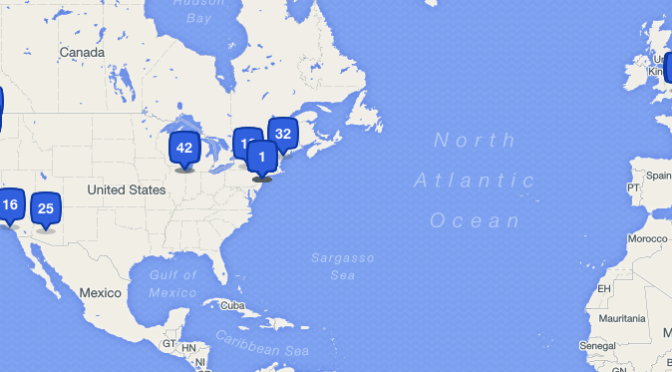Twenty-something years ago, around my junior year of high school, I applied for an Independent Study project. The proposal: build a website for my school district.
That project was old enough that it predated archive.org, so I can’t even pull a screenshot out of the archives. But a few times a week, I trudged along in assembling a website for the three schools in the district.
This was, strangely, not new work for me at the time: I was already holding a part-time job for the one web design firm in my tiny town. So roughing out a site structure, scanning photos via a SCSI flatbed scanner, hand-writing the HTML code and picking the right hex colors was a relatively familiar feeling.
The site launched at tburg.k12.ny.us, which was a particularly weird domain, even then. (In a weird bit of internet trivia, the hosting was provided by John R. Levine of “Internet for Dummies” fame, who not only lived in my town but later became the mayor.)
It wasn’t a particularly great site or deep site – you get what you pay for having an angsty teenager design your theoretically professional website – but it felt good to build an internet presence for the place I spent most of my time.
Today, after 13 months of work, 639 tickets, and more meetings than I can genuinely remember, we pulled the trigger on the relaunch of weill.cornell.edu.
Nothing about it is what would qualify as a marvel of modern web engineering. There’s no blockchain, no bespoke node.js content management system, no deep social integration at the cost of your personal data. It’s just a nice website that tells some important stories about a medical school. (I’m big on storytelling this year.)
I’m grateful to have had a great team working with me every day to pull this off, even when I’m spitballing new ideas late in the project.
I’m grateful to have management above me who trusted my vision and my approach, even when what I’m explaining is confusing and foreign.
And I’m grateful that I got the chance to leave my imprint, however temporal a website may be, on an institution like WCM.


